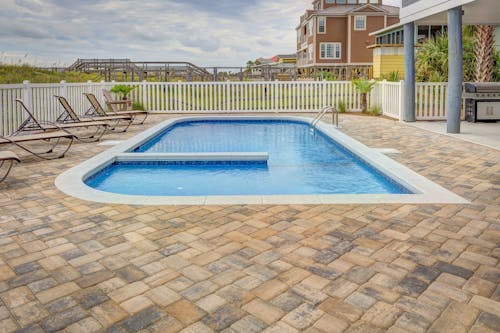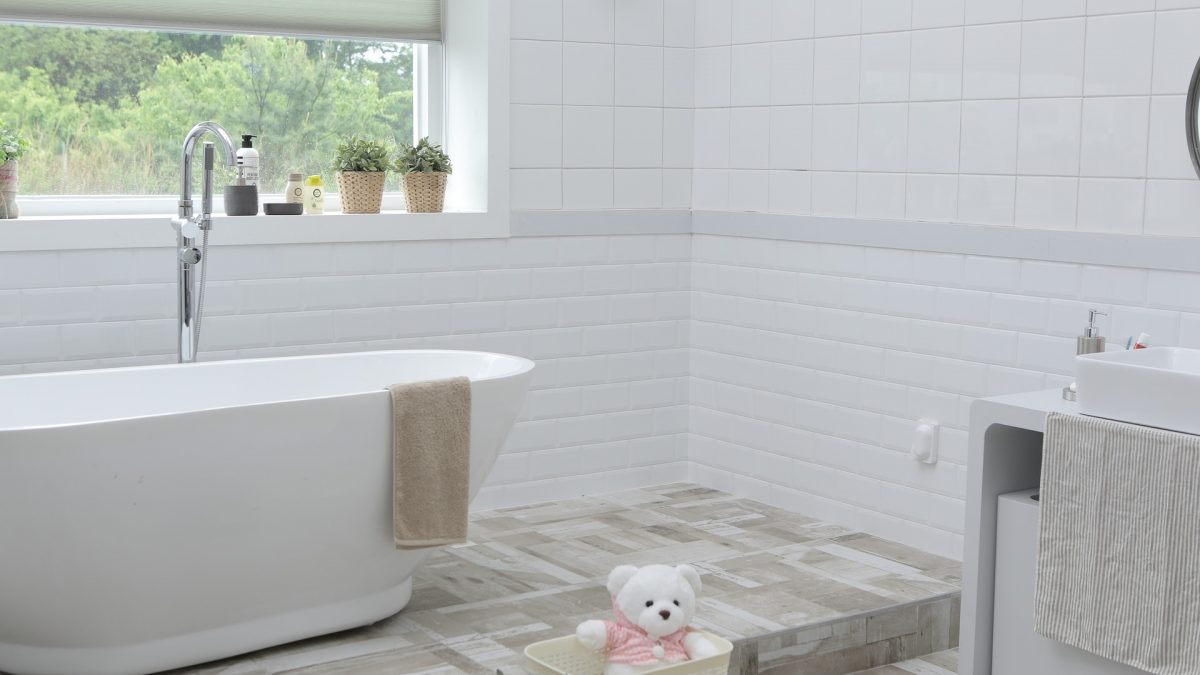If you’re considering building a pool in your backyard, you need to know Texas pool fence regulations. In addition to safety measures, you need to consider the size and shape of the pool. If the pool is too small or the shape is too complicated, building a pool in Texas may not be legal. Several requirements must be met before you can begin construction. You need to get permits and know the rules before starting work.
What are the size requirements for a pool?
 The size requirements for a pool vary depending on the state in which you’re living. In Texas, the maximum size for a pool is 10 feet by 10 feet. However, the size of the pool can be reduced by adding an extra 5 feet to each side. This allows you to build a pool up to 20 feet in diameter.
The size requirements for a pool vary depending on the state in which you’re living. In Texas, the maximum size for a pool is 10 feet by 10 feet. However, the size of the pool can be reduced by adding an extra 5 feet to each side. This allows you to build a pool up to 20 feet in diameter.
What are the shape requirements for a pool?
A few shape requirements must be met before you can build a pool in Texas. The pool must have a U-shape, a C-shape, or a J-shape. It also needs to be at least 8 feet wide and 12 feet long. You can also include a spa in the pool.
What kind of fencing is required around a pool?
The fencing around a pool must meet certain requirements to be legal. In Texas, the most common type of fencing for pools is called a “spinal fence.” This fence is designed to keep people out and protect the pool from vandalism or theft. Other types of fencing that may be necessary include a “water fence” or a “pool fence.”
How do I get a permit?
To build a pool in Texas, you first need to get a permit. The process of getting a permit can be complex, but it’s worth it to protect your property and the people who use it. You’ll also have to comply with various rules and regulations when building a pool. For example, the size of the pool must be appropriate for the area, and the shape or design of the pool must be safe. It’s also important to check if the pool is legally allowed in your state. If you’re unsure, you can contact a local law enforcement officer to get more information.
Contact True Built Fencing, a fence contractor in Austin TX, and let professionals build your perfect fence.
Company Name
True Built Fencing
Phone
+1 (512) 354 1601
Address
2025 Guadalupe Street, Suite 250
City
Austin
State
TX
Postal Code
78705
Country
United States
Website
https://truebuiltfencing.com/
Google my Business Website
https://true-built-fencing-austin.business.site/
Google Site
https://sites.google.com/view/true-built-fencing-austin/
 If your project is successful, it is often because of an organized execution and the best people to do the job. Have you ever wondered why some resources are more effective than others?
If your project is successful, it is often because of an organized execution and the best people to do the job. Have you ever wondered why some resources are more effective than others? Empower, involve and inspire your team by making them feel involved in whatever you do as a Project Manager! The most efficient way to manage projects effectively is through communication! You may even start seeing an improvement in how much work gets done on time, within budget and without issues- because of this alone! But what about any other projects? What about when responsibilities are unclear? Or if someone hasn’t been consulted? Look at it like this: If there are any questions or confusion about a project, it’s going to take up time which could lead to your team getting burnt out.
Empower, involve and inspire your team by making them feel involved in whatever you do as a Project Manager! The most efficient way to manage projects effectively is through communication! You may even start seeing an improvement in how much work gets done on time, within budget and without issues- because of this alone! But what about any other projects? What about when responsibilities are unclear? Or if someone hasn’t been consulted? Look at it like this: If there are any questions or confusion about a project, it’s going to take up time which could lead to your team getting burnt out. The first question you should ask yourself when designing your deck is what type of system will look best with the overall style and architecture of my home. Then also determine if you need the major support offered by a deck railing system that uses posts placed in the ground every few feet across your yard, or whether or not the more minimalist design of an all picket or half-round panel fence will be sufficient to meet your needs and complement your home and property.
The first question you should ask yourself when designing your deck is what type of system will look best with the overall style and architecture of my home. Then also determine if you need the major support offered by a deck railing system that uses posts placed in the ground every few feet across your yard, or whether or not the more minimalist design of an all picket or half-round panel fence will be sufficient to meet your needs and complement your home and property.

 When it comes to remodeling projects, the bathroom is usually a priority. This may be due to the fact that it receives the most visitors and that it must offer maximum convenience to its users. However, if you’ve noticed that bugs are your most frequent guests, the tranquility and enjoyment of your washroom could be in jeopardy.
When it comes to remodeling projects, the bathroom is usually a priority. This may be due to the fact that it receives the most visitors and that it must offer maximum convenience to its users. However, if you’ve noticed that bugs are your most frequent guests, the tranquility and enjoyment of your washroom could be in jeopardy. Once a critter ends up in cracks and toilet openings, it can be difficult to prevent others from following it. If you’re wondering how to get rid of bugs in the bathroom, try these tips.
Once a critter ends up in cracks and toilet openings, it can be difficult to prevent others from following it. If you’re wondering how to get rid of bugs in the bathroom, try these tips.